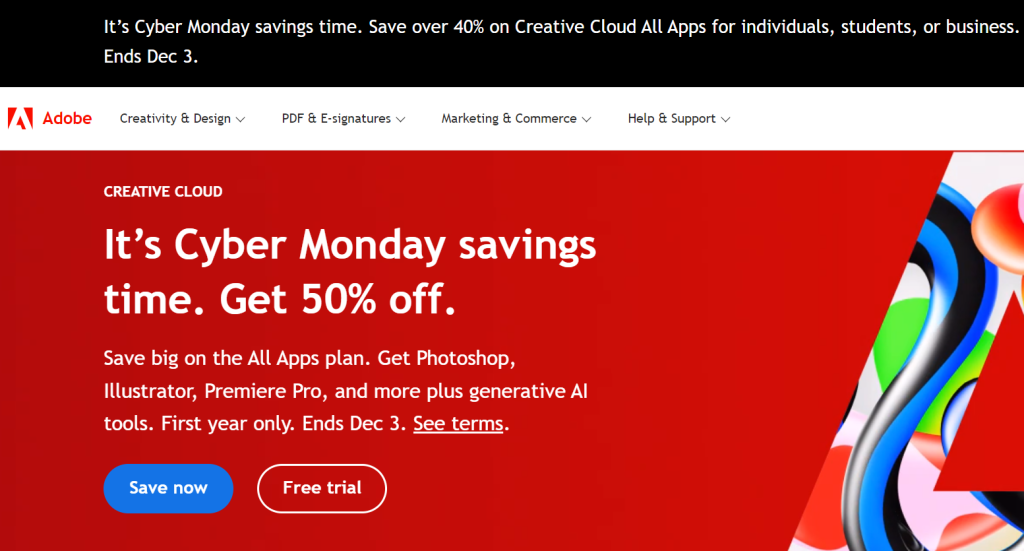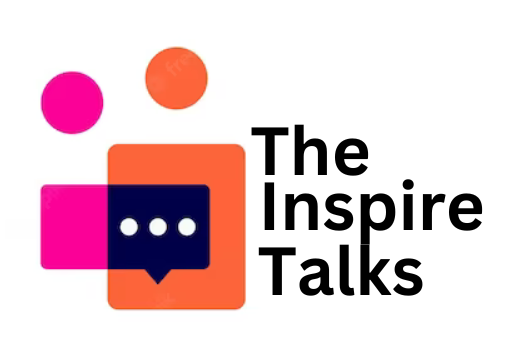
Introduction to Adobe’s Design Tools
Welcome to the exciting world of creativity! In today’s digital age, where visual content reigns supreme, possessing strong design skills is more important than ever. And when it comes to unleashing your creative potential, there’s one name that stands above the rest: Adobe.
With a suite of powerful design tools at your fingertips, Adobe has become synonymous with innovation and excellence in the creative industry. From graphic designers to web developers, photographers to videographers – professionals across various fields rely on Adobe’s versatile software to bring their visions to life.
In this blog post, we’ll take you on a journey through the captivating realm of Adobe’s design tools and features. We’ll explore how these tools have revolutionized the way we create and why they continue to be a driving force behind countless successful projects worldwide.
The Role of Adobe in the Creative Industry
In today’s digital age, creativity knows no bounds. From graphic design to web development and everything in between, the creative industry has been revolutionized by technology. And at the forefront of this revolution is Adobe.
Adobe has played a pivotal role in shaping the creative landscape with its powerful design tools and innovative features. With programs like Photoshop, Illustrator, and InDesign, Adobe empowers artists and designers to bring their visions to life.
Photoshop, the industry standard for image editing, allows users to manipulate photos and create visually stunning compositions. Whether it’s retouching photographs or creating surreal digital art, Photoshop provides endless possibilities.
Illustrator fills a vital role in vector graphics creation. Its intuitive interface makes it easy for designers to craft logos, illustrations, and typography that can be scaled infinitely without losing quality. It’s a go-to tool for illustrators seeking precision and flexibility.
InDesign brings layouts to life. With its robust set of tools for typesetting and page design, it enables professionals across industries – from magazine publishers to marketing agencies –to create beautiful print materials with ease.
Understanding the Key Features of Adobe Design Tools

When it comes to design tools, Adobe is a name that needs no introduction. With its suite of powerful and versatile software, Adobe has become the go-to choice for creative professionals across various industries. But what sets Adobe Design Tools apart from the competition? Let’s dive into some of their key features.
One cannot talk about Adobe without mentioning Photoshop. This powerhouse program allows designers to manipulate images with precision and finesse. From retouching photos to creating stunning digital artwork, Photoshop offers an extensive array of tools and filters that enable users to bring their visions to life.
Next up is Illustrator, which focuses on vector graphics. This tool is perfect for creating logos, icons, illustrations, and even complex typographic designs. Its pen tool alone gives designers unparalleled control over curves and lines, making it a favorite among graphic artists.
Then we have InDesign – the industry-standard page layout program. Whether you’re designing brochures or magazines or even e-books, this tool lets you arrange your content seamlessly while maintaining precise typography and professional-grade layouts.
And let’s not forget about Adobe XD – a relatively new addition to the family but gaining popularity rapidly in the world of user interface (UI) and user experience (UX) design. It allows designers to create interactive prototypes with ease while collaborating effectively with developers.
Tips and Tricks for Maximizing Creativity in Adobe Programs
Are you looking to take your creativity to the next level? Adobe’s design tools are packed with features that can help unleash your full potential. Whether you’re a graphic designer, photographer, or digital artist, these programs offer a wide range of possibilities. To make the most out of Adobe’s design tools and maximize your creativity, here are some tips and tricks to keep in mind.
Familiarize yourself with keyboard shortcuts. These shortcuts can significantly speed up your workflow and make navigating through different panels and tools much easier. Take some time to learn the most commonly used shortcuts for the specific Adobe program you’re working with.
Another great way to boost your creativity is by experimenting with different brushes and filters. Adobe’s design tools provide a vast selection of brushes that can help add texture and depth to your artwork. Additionally, don’t be afraid to explore various filters that can transform ordinary images into something extraordinary.
Utilizing layers is another essential aspect when it comes to maximizing creativity in Adobe programs. Layers allow you to work non-destructively by separating different elements of your design onto individual layers. This gives you more flexibility during the editing process and allows for easy adjustments without affecting other parts of your artwork.
Furthermore, don’t overlook the power of color in conveying emotions and setting the tone for your designs. Experimenting with different color schemes can help evoke certain moods or create visual impact in your work.
Our Recommendation: Adobe

After exploring the various design tools and features offered by Adobe, it is clear that this software powerhouse has revolutionized the creative industry. With its wide range of programs such as Photoshop, Illustrator, InDesign, and many more, Adobe provides designers with the necessary tools to unleash their creativity and bring their ideas to life.
From photo editing and graphic design to web development and digital publishing, Adobe’s suite of design tools offers unparalleled versatility for professionals across different disciplines. Whether you are a seasoned designer or just starting out on your creative journey, these programs have something for everyone.
The key features of Adobe’s design tools enable users to manipulate images with precision, create stunning illustrations from scratch, craft visually appealing layouts for print or digital media, and collaborate seamlessly with other creatives. The intuitive interfaces coupled with advanced functionalities make working in these programs a breeze.
To maximize your creativity in Adobe programs, it is essential to familiarize yourself with keyboard shortcuts, customizing workspace layouts according to your preferences, utilizing templates and presets as starting points for projects while adding your personal touch along the way. Experimentation is key when using these powerful tools – don’t be afraid to try new techniques or push boundaries!
In conclusion, exploring Adobe’s design tools opens up a world of possibilities for creatives in any field. The extensive capabilities provided by these software applications empower designers to transform their visions into reality. So whether you’re a professional graphic designer looking for industry-standard software or an aspiring artist eager to explore new horizons – our recommendation is clear: embrace Adobe’s suite of design tools and unlock your full potential!



